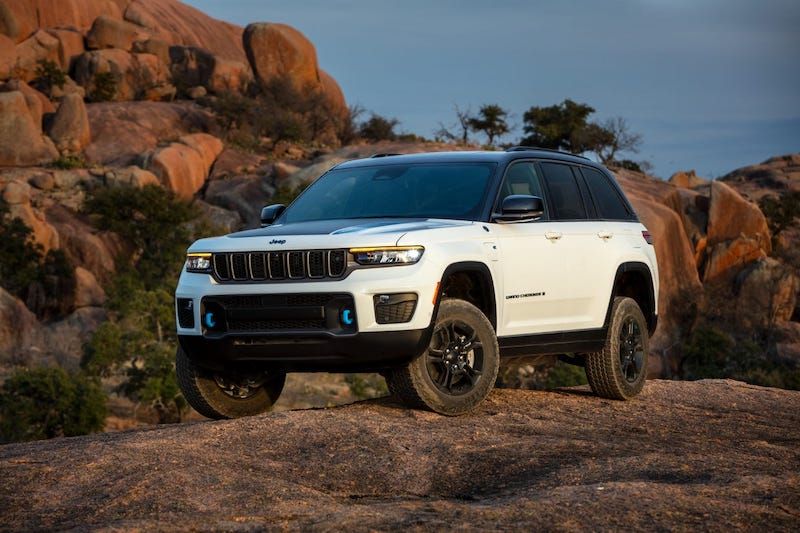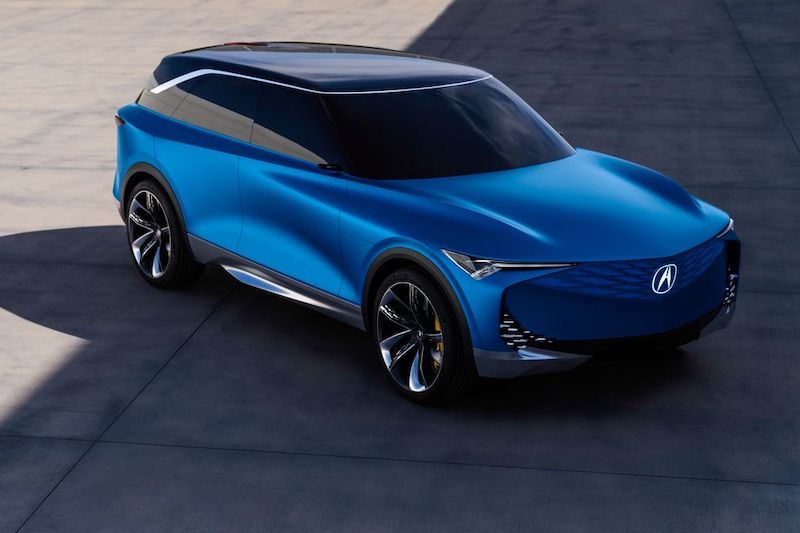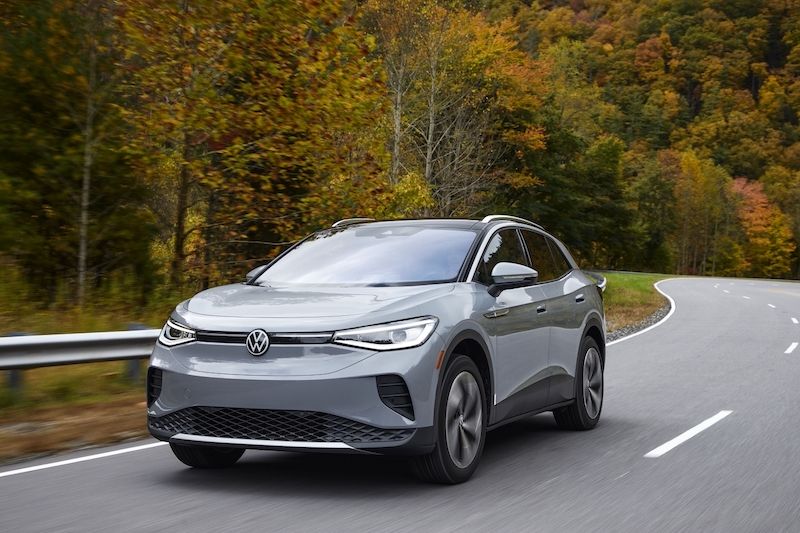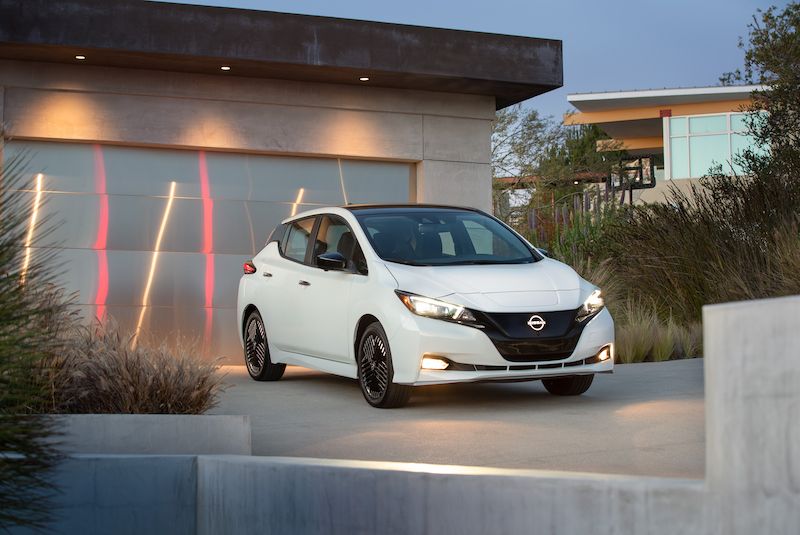Ford's Autonomous Executive Claims Driverless Cars Will Only Last Four Years
【Summary】The average U.S. car owner keeps their automobile for roughly 12 years, but that won’t be the case for autonomous vehicles. One of Ford’s autonomous executives believes self-driving cars will be built on a four-year timeline.

Autonomous cars aren't even out yet and there are already more questions than answers. For one, how will self-driving cars be implemented on the road? Will regulations properly govern autonomous vehicles? What happens when something goes wrong? These are all questions that companies need to address when developing an autonomous vehicle. But one question that hasn't been covered yet is how long driverless vehicles will be on the road.
Heavy Wear And Tear Can't Be Avoided
Well, we have an answer and it's a surprising response. In an interview with Britain's The Telegraph, John Rich, operations chief of Ford Autonomous Vehicles, shed some light on the short lifespan of self-driving vehicles. When asked about the demand for autonomous cars in the future, Rich stated that demand isn't a concern, but the short lifespan is.
"The thing that worries me least in this world is decreasing demand for cars. We will exhaust and crush a car every four years in this business," Rich told the outlet.
Without context, a four-year lifespan for an autonomous vehicle doesn't make much sense. The majority of electric cars on the market today are electric, so they're simpler and have less moving parts than vehicles with internal combustion engines – so they should last longer with less maintenance. They're also supposed to be safer, so accidents that leave them out of commission aren't supposed to happen as regularly as they do now.
So what gives? According to Rich, it's all about the number of miles self-driving vehicles will cover. As Rich claims, driverless cars will be used consistently, which will speed up wear and tear on the machines. With such busy schedules, Ford plans to retire autonomous vehicles every four years. Vehicles in underserved areas will probably be up for retirement before that.
"Every shred of evidence we've seen says that as you drive down cost per mile, the miles traveled goes up. You start to help underserved populations, you start to move a lot more people," said Rich.
24/7 Use Affects Longevity
Explaining the situation further to Tech Crunch, Rich said that modern cars are parked the majority of the time. In order for driverless cars to overtake non-autonomous vehicles, automakers and companies have to come out with a business model that will see the machines being used "almost the entire day."
Ford isn't the only brand to envision autonomous cars as being machines that won't be sold to consumers. Nearly every major company sees autonomous cars coming out as delivery machines and taxis. The American automaker has plans to come out with a fleet of autonomous vehicles for other companies to use. Delivery vehicles usually rack up the most miles on the road, so wear and tear makes sense.
There's also the issue with all-electric vehicles, as Ford doesn't have one in its current lineup. Rich told Tech Crunch that it sees a future where autonomous vehicles will be powered by batteries, but its first self-driving vehicles won't be electric. Instead, they'll be hybrids, which means higher wear and tear and associated maintenance than a fully electric car.
If Ford's planning to shuffle autonomous vehicles out of the fleet every four years, imagine what kind of timeline other companies, like Waymo and Uber, are working with.
-


2023 Jeep Grand Cherokee Trailhawk Now PHEV Only
-


Acura Prevision EV Concept Previews Brand’s Electric Future
-


Hyundai Gets Serious About Electric Performance Cars, Shows off Two Concepts
-


Ford Looks to Have 100% of EV Sales Be Online
-


Volkswagen CEO Believes It Will Overtake Tesla in EV Sales by 2025
-


Report Claims Nissan Leaf Will Be Discontinued by 2025
-


Autonomous Vehicles Will Require Cities to Change Their Transportation Methods
-


Rivian, Mercedes-Benz Partner to Produce Electric Commercial Vans
- Porsche Looking to Boost its Profits as its Prepares for a 2022 IPO That Could Value the Company as High as $81.4 Billion
- Volvo Offers a Sneak Peak of its New Flagship EX90 Electric SUV Ahead of its Upcoming Reveal on Nov 9
- Automaker BYD is Emerging as One of Tesla’s Biggest Competitors in China, Latest Vehicle Registration Data Shows
- Ford Motor Co is Cutting 3,000 Jobs as it Transitions to Electric Vehicles, Software and Digital Services
- Audi Hits EV Startup NIO With a Trademark Lawsuit Over its Vehicle Naming
- Toyota Unveils the 2023 Crown, a Lifted Hybrid Sedan With 340 HP
- General Motors Announces a Key North American Nickel Supply Deal for Electric Vehicle Batteries
- Ford Issues ‘Stop Sale’ of the Electric Mustang Mach-E Over Possible Loss of Propulsion While Driving
- China’s New Intelligent EV company JIDU Launches its Limited-Edition Robocar Called the ‘ROBO-01 Lunar Edition’
- Volkswagen Breaks Ground on the First of Six European Battery Cell Factories as Part of a $20 Billion Investment











 About Us
About Us Contact Us
Contact Us Careers
Careers